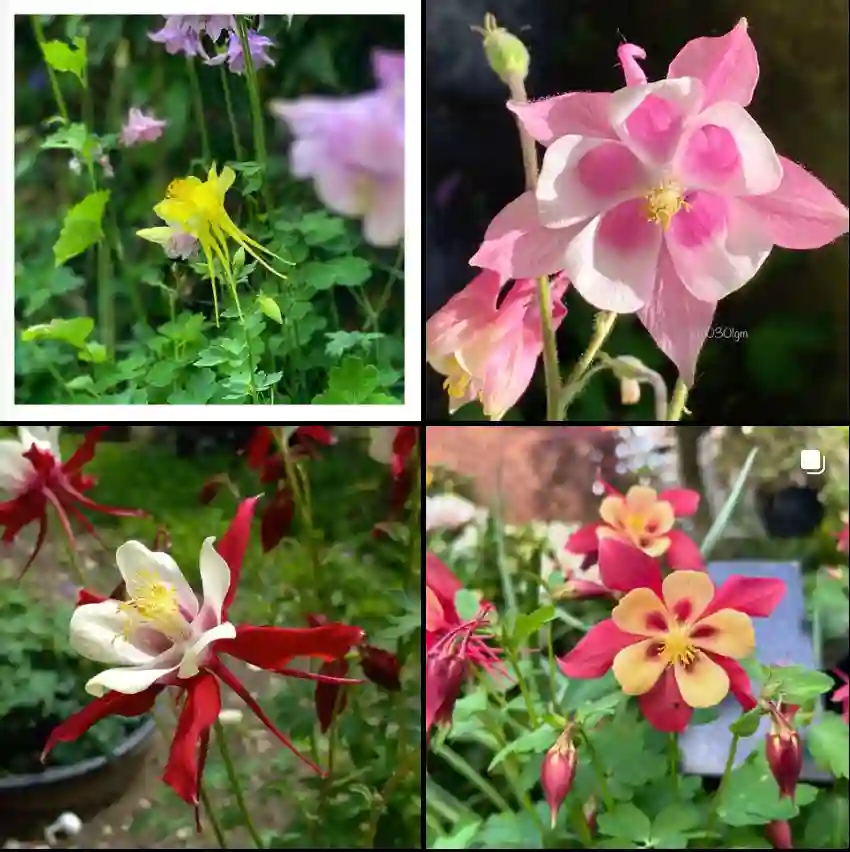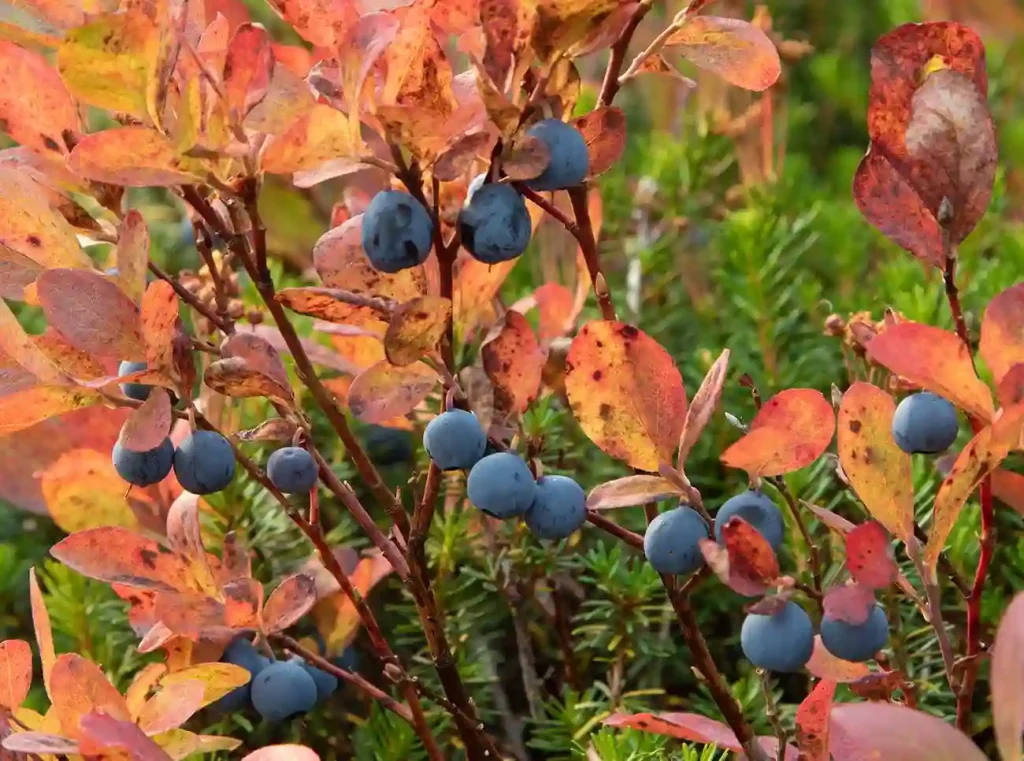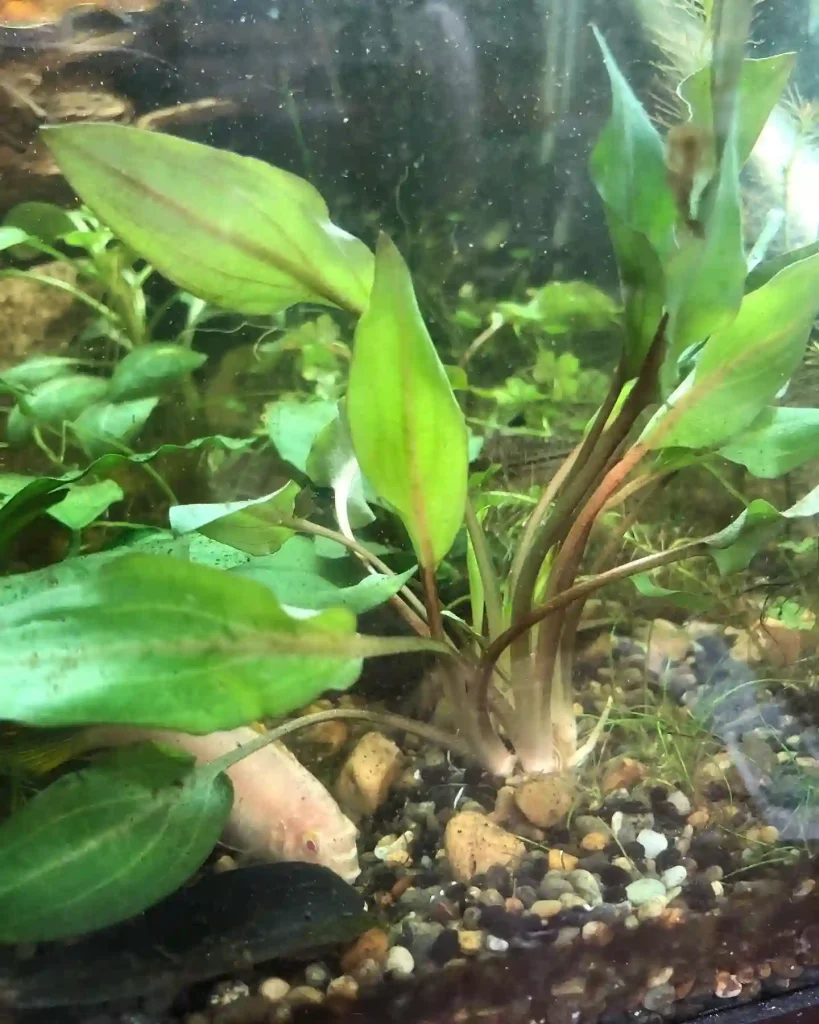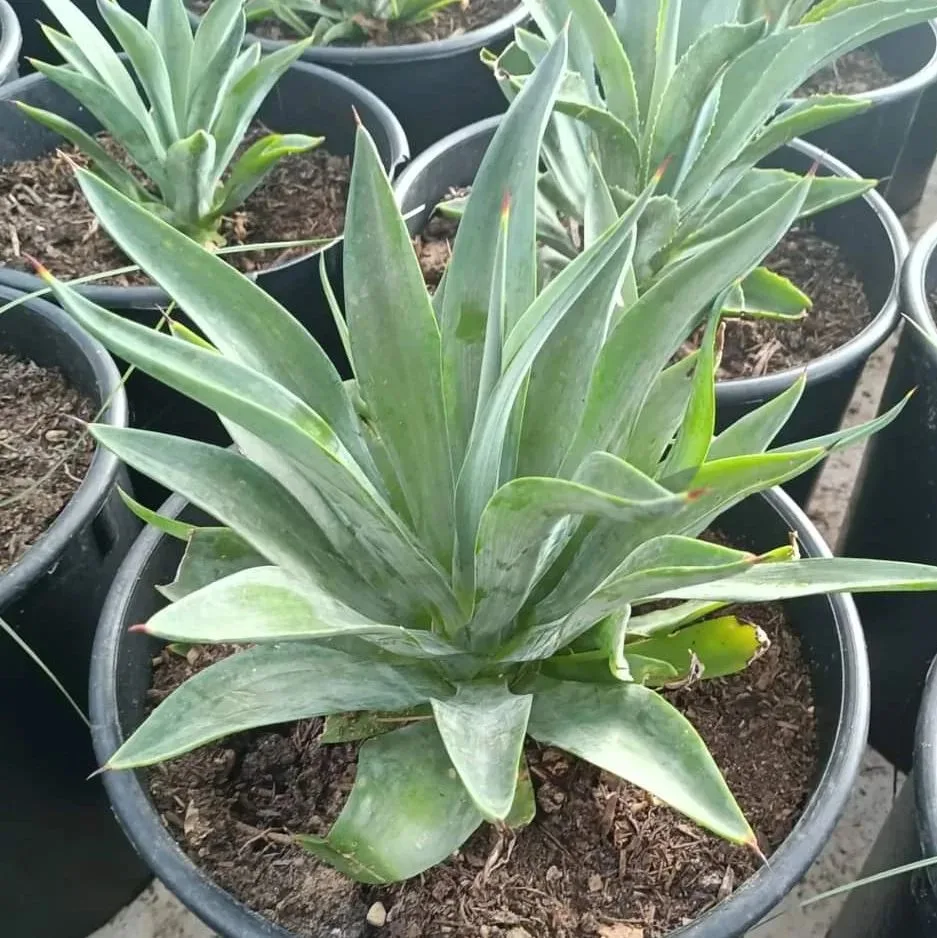The Philesiaceae Family: An Enchanting Botanical Journey
The Philesiaceae family, though relatively small in size, is one of the most intriguing and captivating plant families I’ve encountered in my plant journey. It contains only two genera—Lapageria and Philesia—but the plants within these groups stand out due to their unique beauty, exotic appeal, and ecological significance. While not as commonly grown as some other plants, they have a special place in the hearts of collectors like me, who appreciate their rarity and the challenges that come with cultivating them.
Understanding the Philesiaceae Family
The Philesiaceae family is native to the temperate rainforests of South America, particularly in Chile. The family is part of the Liliales order, a group that also contains some of our most beloved garden plants, such as lilies and tulips. However, the Philesiaceae members have their distinct charm. The plants in this family thrive in cool, moist, and shaded environments, making them excellent for shaded gardens or indoor cultivation under specific conditions.
I have always been fascinated by the adaptability of these plants to their environment. Their natural habitat, the Valdivian temperate rainforest, is known for its high humidity, mild temperatures, and abundant rainfall. These conditions provide the perfect backdrop for the Philesiaceae family to flourish, and replicating such an environment is key to successfully growing these plants at home.
Lapageria: The Chilean Bellflower
Out of the two genera, Lapageria—commonly known as the Chilean bellflower—is the one that captured my heart first. It’s the national flower of Chile, and it’s easy to see why this stunning plant has such a prestigious title. The bell-shaped flowers are striking, with a silky, waxy texture and deep red, pink, or even white blooms, depending on the variety.
What makes Lapageria rosea particularly special to me is its delicate climbing habit. As a vine, it slowly twines around trellises or any support structure you provide. This plant can grow up to 10 feet tall, producing lush green leaves and clusters of pendulous flowers. Each bloom has an almost magical quality, glowing against the deep green foliage. In my experience, the flowers seem to last quite a while, adding long-lasting color to the garden.
Growing Lapageria isn’t without its challenges. It prefers cool, moist conditions, which can be tricky if you live in a hot, dry climate. I’ve found that providing consistent humidity and partial shade is critical for the plant’s health. Additionally, they require acidic soil, so incorporating materials like peat or pine needles helps maintain the right pH balance.
Philesia: The Hidden Gem
While Philesia isn’t as famous as Lapageria, it is an equally stunning genus in its own right. Philesia magellanica, sometimes referred to as Magellan’s beech, is a low-growing shrub that produces beautiful magenta flowers. These flowers are similar in shape to those of Lapageria, but the plant’s overall structure is more compact and bushy, making it suitable for smaller garden spaces or containers.
What I love about Philesia is its resilience. It tolerates cooler temperatures and can thrive in conditions that might challenge other tropical or subtropical plants. Like its relative Lapageria, Philesia prefers moist, acidic soil, and I’ve noticed that it benefits from a mulch layer to help retain soil moisture and protect its roots from temperature extremes.
In my garden, Philesia provides a lovely contrast to taller plants. Its bright flowers peek out from the ground cover, and its spreading habit helps fill in gaps in shaded borders. If you’re looking for a plant that adds a pop of color without taking up much vertical space, Philesia is a great choice.
Cultivating Success with Philesiaceae
Both Lapageria and Philesia are not the easiest plants to grow, but with the right care and attention, they can become stars in any collection. One thing I’ve learned is that patience is key. These plants are slow-growing and may take a few years to bloom after planting. However, once established, they reward you with a spectacular display of flowers year after year.
The most important aspects of caring for Philesiaceae plants include maintaining proper humidity, ensuring they have the right type of soil, and avoiding direct sunlight. Both plants thrive in filtered light or partial shade, and they appreciate consistently moist soil. If you live in an area with harsh summers, like I do, keeping these plants in a greenhouse or a shaded patio can help mimic their natural habitat.
One tip I would recommend is using rainwater if possible. Both Lapageria and Philesia are sensitive to the chemicals found in tap water, especially chlorine. Rainwater is naturally soft and slightly acidic, making it perfect for these plants. If you don’t have access to rainwater, allowing tap water to sit for 24 hours before using it can help dissipate the chemicals.
Final Thoughts
The Philesiaceae family might not be as widely known as some of the more common plant families, but it holds a special place in my gardening collection. Both Lapageria and Philesia offer unique challenges and rewards, and their rare beauty makes them truly stand out. If you’re a plant enthusiast like me, always looking for something a little out of the ordinary, I highly recommend giving these remarkable plants a try. With patience and proper care, they’ll bring a touch of the exotic to your garden, transforming even the shadiest corners into a lush, blooming paradise.
If i die, water my plants!



